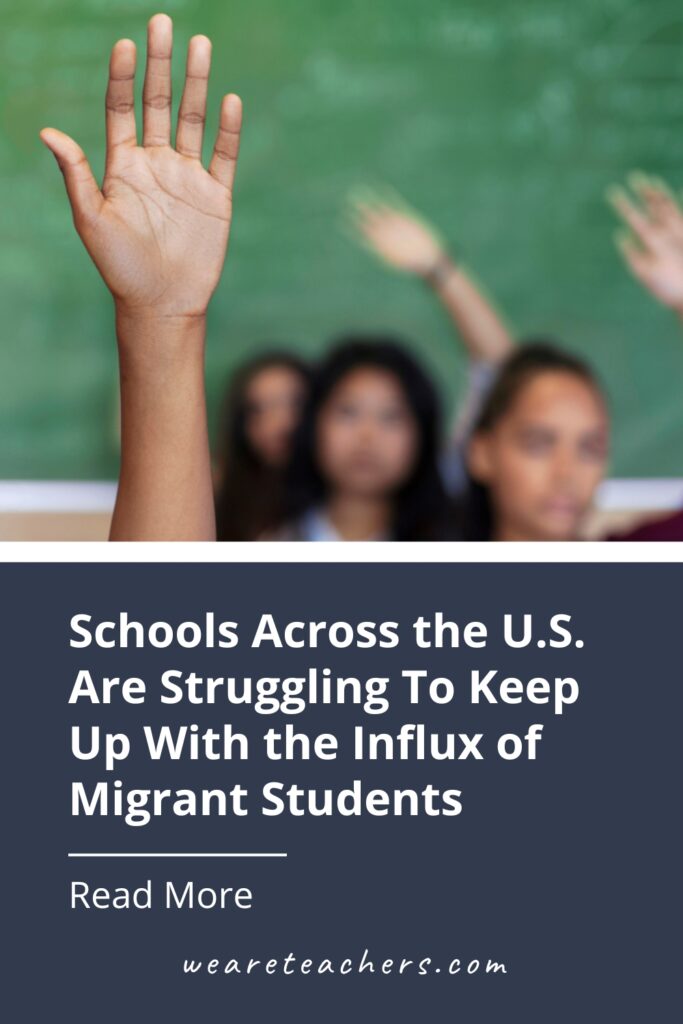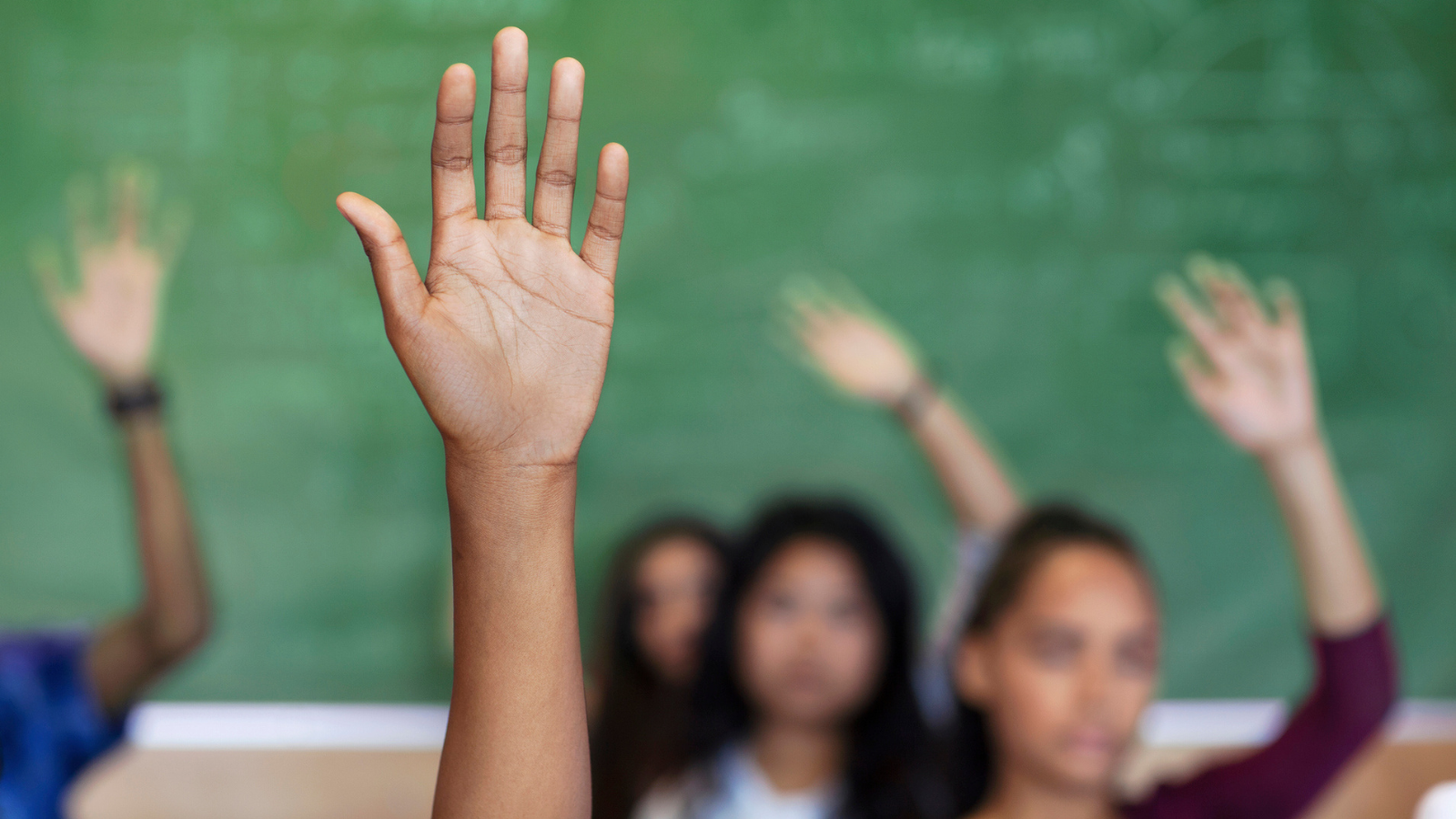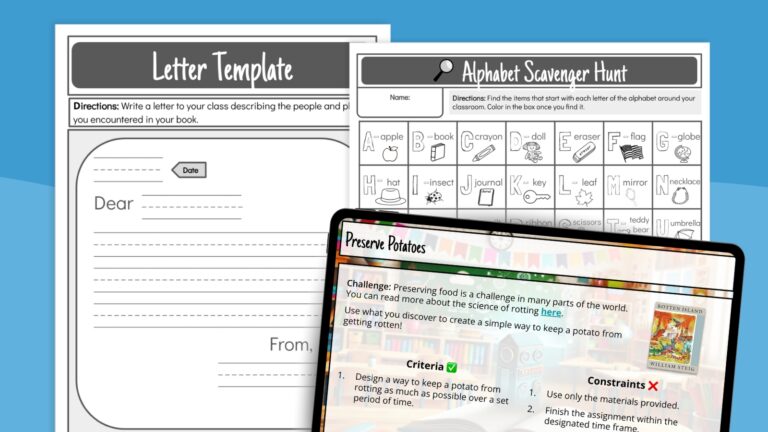The Migration Policy Institute (MPI) reports that 2023 saw a historic high of 2.5 million migrants at the U.S. border. It follows that many schools have reported a significant rise in the enrollment of migrant students. Shortages of teachers, bus drivers, and substitutes, not to mention the lingering effects of the pandemic, already take a toll on schools. Migrant students—especially those who have survived traumatizing journeys—require unique language, mental health, and educational services. With educational systems already under stress, schools in cities like New York, Denver, and Chicago are struggling.
NYC’s response to the surge of migrant students
According to ABC News, New York City has experienced a notable increase in migrant student enrollment, leading to calls for immediate action. The city’s educators are grappling with the need to accommodate diverse linguistic and cultural backgrounds, posing challenges for both teachers and administrators. The report notes, “New York City educators are facing a critical juncture, and the call for proactive measures is imperative to provide an inclusive learning environment for all students.”
Denver’s migrant students have serious basic needs
According to NPR’s weekend edition, Colorado has seen more than 5,000 migrant students enrolled in classrooms since last summer. This influx places a strain on resources, making it challenging for schools to provide adequate support. Nadia Madan-Morrow, principal of Place Bridge Academy in Denver Colorado, notes, “Frankly, in schools, we were really caught off guard.”
Reporter Jenny Brundin explains these students’ unique and crucial needs:
“The basic needs of families are tremendous. Some kids live in shelters. The clinic at the school has a waitlist for students needing mental health services. In essays, some students wrote about dead bodies or dangerous animals they saw on their journey to Colorado. Thirteen-year-old Ashley, with long, curly brown hair, arrived from Venezuela in September. She says one time in Mexico, the bus made a detour, and they were handed over to people who told them to pay or be detained or kidnapped.”
Students like Ashley are in the newcomer program at her school with targeted supports for students learning English. But many schools don’t have newcomer programs—or their newcomer programs are overwhelmed.
How Chicago is handling a record high enrollment of migrant students
Chalkbeat reports that more than 18,500 migrants have come to Chicago since August 2022, many of whom are living in temporary housing. Diane Castro, a preschool teacher specializing in bilingual education at Lorca Elementary School, expressed that the 3- and 4-year-old students under her care have faced considerable challenges, requiring more support than what her school currently offers.
“Our students are … doubled and tripled up in apartment buildings,” said Castro. “The children are in clothes that are too small and shoes that are too big. Our children have not had proper medical or dental care.”
Teachers are joining city and state authorities in urging the federal government to provide additional funding and support. During the spring legislative session, a bill aimed at supporting migrant students by establishing New Arrival Student Grants stalled in the rules committee. Governor J.B. Pritzker allocated over $30 million directed to Chicago in response to the migrant student influx. However, faced with the escalating arrivals, Pritzker made a direct appeal to President Joe Biden in early October, deeming the situation “untenable” for Chicago and Illinois.
What does this mean for teachers?
Migrant students offer so much to American schools and communities. Their experiences and cultural perspectives enhance the social fabric of a school, and the value of bilingual education benefits the entire school community. But in order to fully appreciate and utilize this diversity, we must ensure they have what they need to be successful.
Migrant students have unique educational needs that require more support from every level. Their teachers need training on cultural responsiveness, bilingual support, and best practices to support these students. Schools need to hire more teachers to create smaller classrooms, more counselors to offer mental health services, and more community liaisons to support migrant families and their needs. Districts need to hire experts to facilitate, guide, and evaluate schools on their response to this unique population. States need to put action behind their values and fully fund schools as well as raise teacher pay and benefits to ensure a talented, competitive candidate pool.
In other words, this is not a “let’s put the onus on teachers to shoulder yet another impossible burden” situation. We need a collaborative effort from people invested in education at every level to ensure a holistic, all-hands-on-deck approach to migrant student integration.
Looking for more articles like this? Be sure to subscribe to our newsletters!


